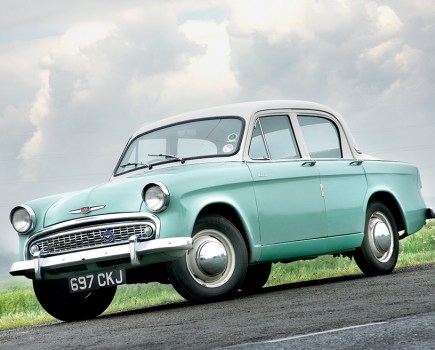When launched in 1989, the BMW 8-series arrived to some confusion. What was it built for? 30 years on, we ask was it really that bad?
It’s 1989 and BMW has released its most recent model, the all-new 8-series. It certainly looked the part with its angular body, shark-nosed front and pop-up headlights; but what was its purpose? What area was it covering that BMW hadn’t already covered? Was it a grand-tourer, a replacement for the outgoing 6-series with its similar shark-nose styling or was it a replacement for the M1, a supercar from Munich?
These are all questions that were laden on the BMW 8-series in 1989. BMW responded to these questions; it’s a luxurious grand-tourer. Settled then. Let’s get down to it. Unusual to BMW, weight was up catastrophically, being some 300kg heavier than the 6-series. In order for it to meet the grand-touring status, it had to be quiet and peaceful inside. With that extra weight came compromised handling; which goes against its motto of Ultimate Driving Machine.

Those in search of M1 or M6 thrills quickly had their hopes dashed as the dynamic 6-series’ crispness was gone, in place was woefully soft suspension, a lazy auto and a slow-to-react electronic throttle.
The other problem for the 8-series was the timing. Today we hark back and thank it for its ludicrous 5.0-litre V12 engine producing some 300bhp. In 1989, and subsequently 1990 when the car actually went on sale, however, the world’s economy had gone into recession sparked by the invasion by Iraq on Kuwait in August of 1990. As a result, potential customers didn’t want a gas-guzzling V12 engine as a grand-tourer.
Then, when all hope was lost, BMW bucked up its ideas, got the engineers over at the M division to have a tinker and out popped not an M8, but an 850CSi, a lightened, sharper version. Also arriving on the scene was a more useable 4.0-litre V8 in Ci format, which meant customers who didn’t want the outrageously thirsty V12 could have a more sensible burbling 8-pot.
The range again was revised in 1995 with the V12 expanding to 5.4-litres in capacity and 4.4-litres for the V8. Power remained the same in the V8, but torque and economy was improved; the V12 jumped to 322bhp. The V8 model made do with a Sport variant, which took the 850CSi’s bodykit as well as the sharper suspension.

Despite all its problems, the 8-series wasn’t a failure by any stretch. Its attractive looks, upmarket image and brilliantly flowing interior all pointed to affluent status, which in turn sustained a production run of 10 years and plenty of sales.
I drove one last year and I can still remember the disappointment. I’d built this car up in my head for years, it was a boyhood dream car for me. In short, the experience was somewhat sombre as the auto took away any enjoyment, the V8 felt underpowered and the whole car was too heavy and limp wristed. Sure in CSi, or Sport form this car would be transformed, but sadly it wasn’t the performance car I’d been searching for.
Instead, if you forget about its driving ability for one moment and focus on its actual job, to be a luxurious grand cruiser, you start to understand it more. To this day I still think it’s one of BMW’s best designs. The angular, shark-nosed body clung on to ‘80s design; the pop-up headlights added to the drama and the four-exit exhaust made it look mean. Objectively, this is a stunning piece of car design.
So, the question remains, was it that bad? No. It’s timing and choice of engine at launch helped ensure bad publicity, but with the revisions made throughout its lifespan, and a better understanding of why it was built in the first place helped to improve its position in the automotive world. Today, prices are beginning to climb thanks to the reintroduction of the BMW 8-series nomenclature, which tells you that it’s becoming popular once again.





